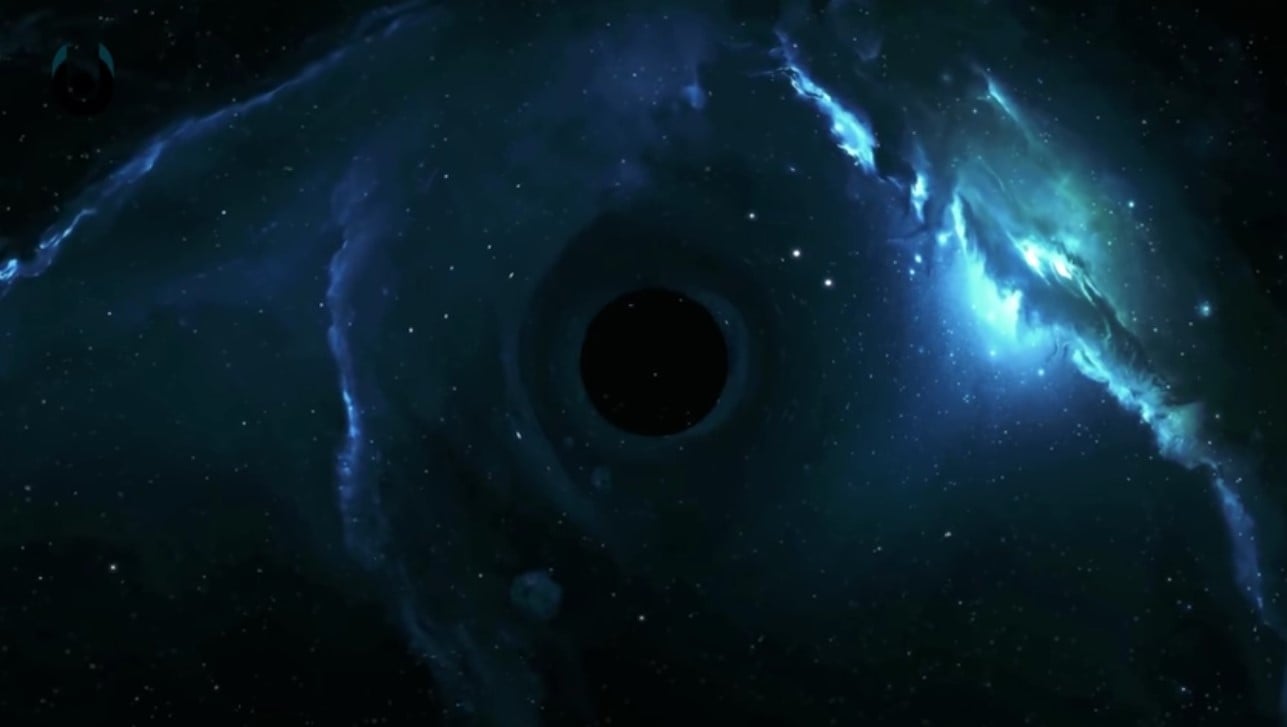Scientists have caught a glimpse of a supermassive black hole burping out clouds of particles with high energy, and not only once but twice.
Scientists have combined images of the J1354 galaxy, which is located 800 million light-years away. While processing the images, they discovered two clouds of the particles which were coming out from a black hole. Those two burps are evidence of black hole activity, which has been suggested for a long time.
Scientists presented their research regarding the supermassive black hole burping at the American Astronomical Society’s annual meeting in Washington, DC. They also recently published their findings in The Astrophysical Journal.
“We are seeing this object feast, burp, and nap, and then feast and burp once again, which theory had predicted,” Julie Comerford of the University of Colorado, who led the study, was quoted in a statement.
Black hole burping for the second time
Scientists have already spotted black holes burping before, although this time they observed one black hole do it multiple times. This discovery is proof that black holes can be active and inactive at different periods of time.
“This galaxy really caught us off guard,” said study author and University of Colorado Boulder doctoral student Rebecca Nevin.
“Fortunately, we happened to observe [J1354] at a time when we could clearly see evidence for both events,” Comerford added in the statement.
According to the theory, there’s a period in which black holes would “swallow” the matter, then burp clouds of high-energy particles and then hibernate for a while, according to Comerford. Now that researchers have discovered those belches, it helps them determine the pace of those processes. Those two burps occurred between 100,000 years apart, and while that sounds huge, it’s nothing when compared on cosmic scales.
Even Milky Way’s supermassive black hole burps
Actually, even our Milky Way galaxy’s supermassive black hole has been noted to burp at least one time. Back in 2010, a research team discovered that our Milky Way had belched, thanks to observations from the orbiting Fermi Gamma-ray Observatory, according to the statement.
“These are the kinds of bubbles we see after a black hole feeding event,” CU postdoctoral fellow Scott Barrows was quoted in the statement. “Our galaxy’s supermassive black hole is now napping after a big meal, just like J1354’s black hole has in the past. So we also expect our massive black hole to feast again, just as J1354’s has.”





